The true secret of great interior design, according to three of Britain's greatest designers
For those seeking to update their homes in the New Year, Giles Kime collates some truly on-the-nose insight from three of the best interior designers in Britain.


The discreet, stucco-fronted façade of the Inchbald School of Design just off Sloane Square gives few clues to its pivotal role in engendering a spirit of professionalism and unlocking creativity in generation after generation of interior designers since it was launched more than 60 years ago. In a profession where, to the outsider looking in, so much can seem arbitrary and sometimes quite frivolous, the school has created a range of courses built on a breadth and depth of teaching that has been the foundation of some stellar careers. At the same time, it has demonstrated that interior design is a discipline that needs to be taken seriously.
Last month, its founder Jacqueline Duncan and I invited three alumni to share some of the lessons they had learnt since they left the Inchbald including Nina Campbell, Henriette von Stockhausen and Rupert Cunningham. The event was in aid of 3dadswalking, a charity that seeks to raise awareness of suicide.

Anyone in the audience who came along looking for tips on paint colours or lampshades will have been disappointed; the conversation went straight to the heart of the matter. ‘It’s vital to listen,’ said Miss Campbell, whose 50-year career has included the transformation of a cellar in Mayfair into one of the world’s most celebrated private members’ club and homes for a starry client list that includes Ringo Starr. She is now the most sought-after British designer in the US. Understanding the desires of a client is, she believes, key to every successful project, allowing a designer to create spaces that fit hand in glove with the needs, whims and aspirations of a client.
According to Mr Cunningham, it isn’t only good communication with clients that is vital but also with everyone involved in a project, in particular to avoid what he describes as ‘design drift’. The effective flow of communication ensures collaboration between architects, interior designers, builders, surveyors and the dramatis personae required to bring the original ideas to life.

For Miss von Stockhausen, the benefit of sticking to both a brief and a design concept is comfort — physical, visual and emotional — and the result is spaces that focus more on the needs of their occupants than the requirement that they are flattered by a camera. What she says she has also learnt is that, in the rapidly evolving world of interior design, it’s vital to keep learning. One particular lesson is that carefully conceived design will last far longer than anything influenced by the whims of fad and fashion.
Find out more about the 3 Dads Walking charity at www.3dadswalking.uk.
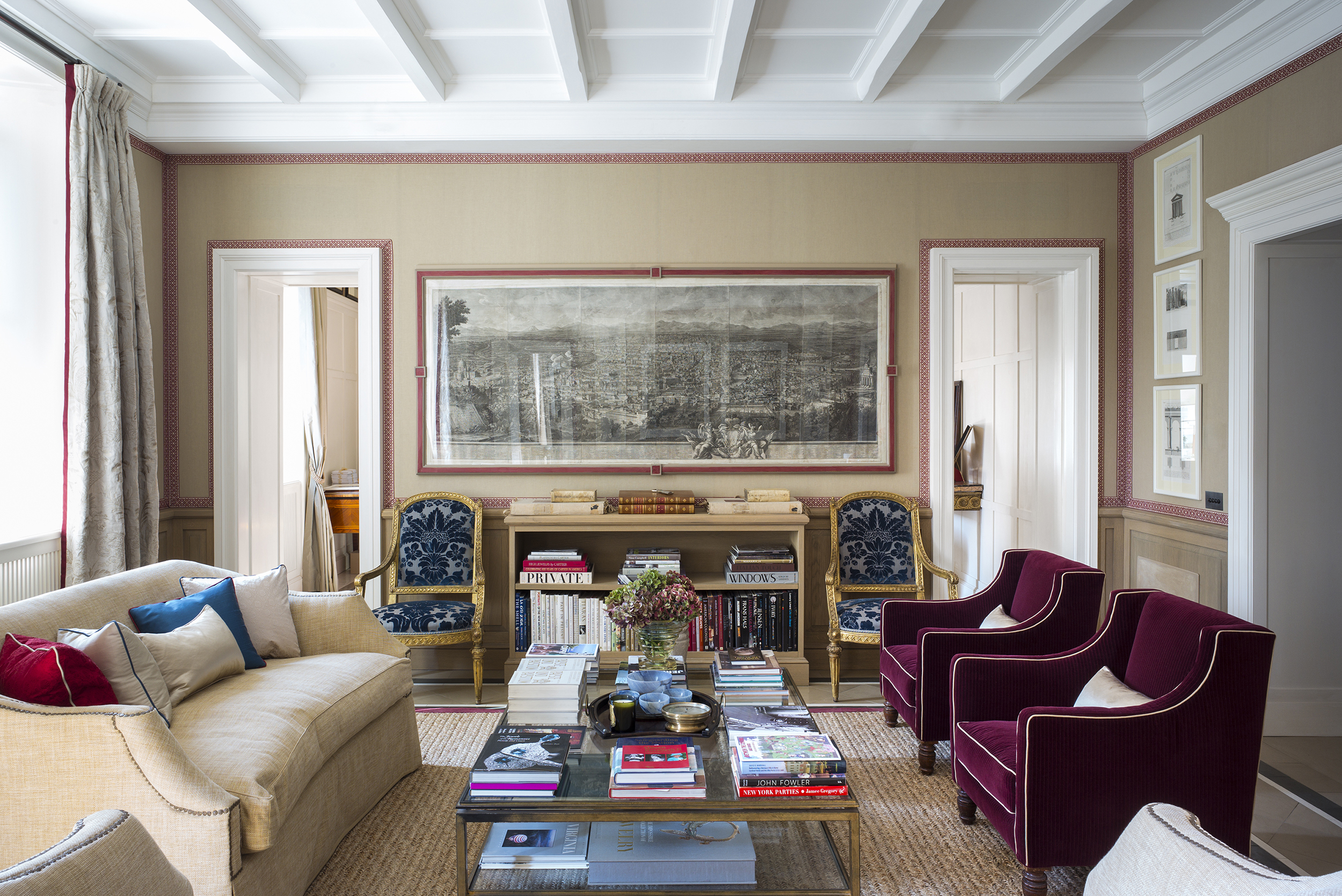
50 best interiors tips of the last 50 years, from legendary interior designer Nina Campbell
In the half century since Nina Campbell set up her decorating business, she has accumulated a depth and breadth of
Exquisite houses, the beauty of Nature, and how to get the most from your life, straight to your inbox.
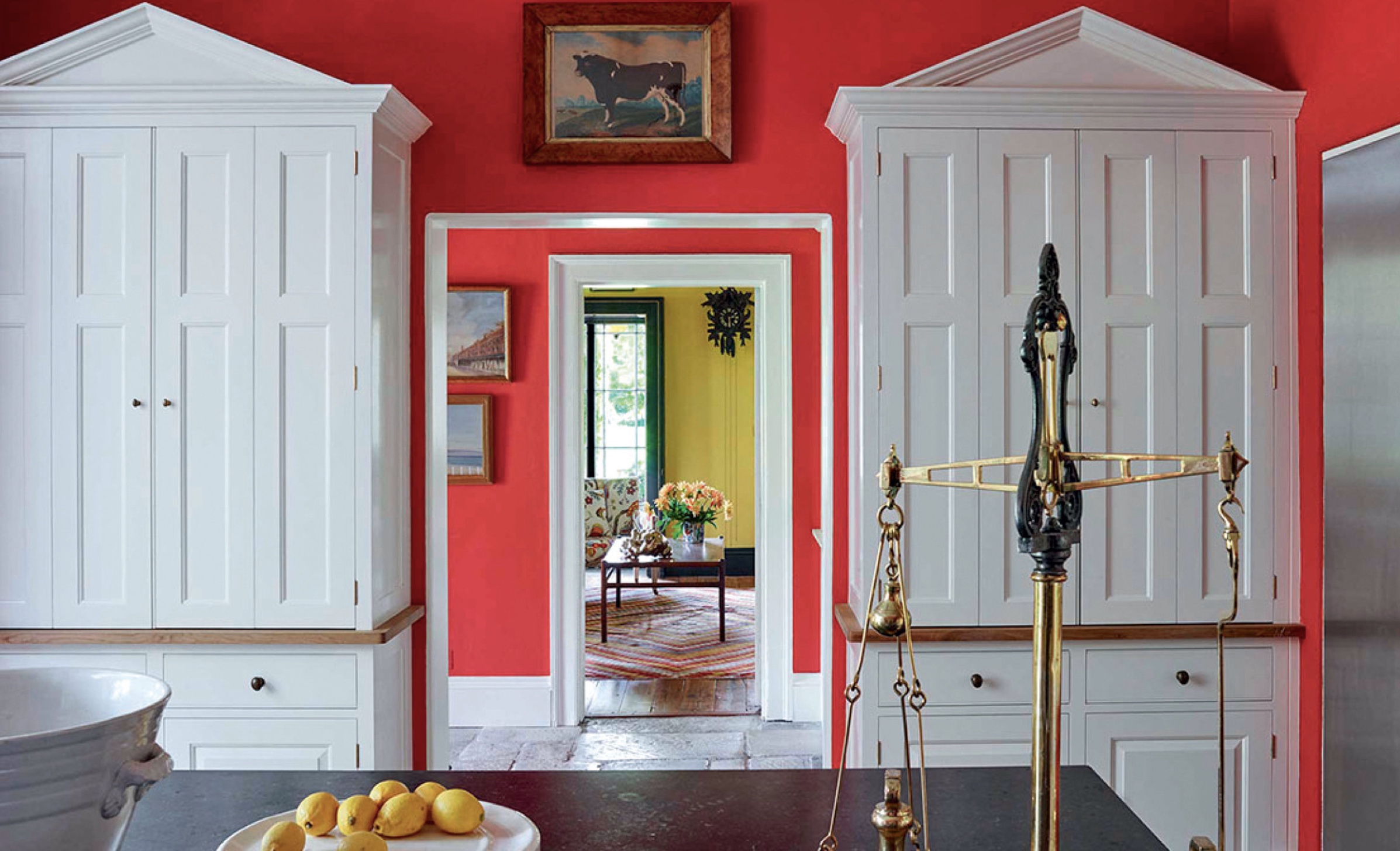
Ben Pentreath: 'The minute something is of its time, it will date'
At the heart of Ben Pentreath’s magic is his ability to reinvent the past, as Giles Kime explains.
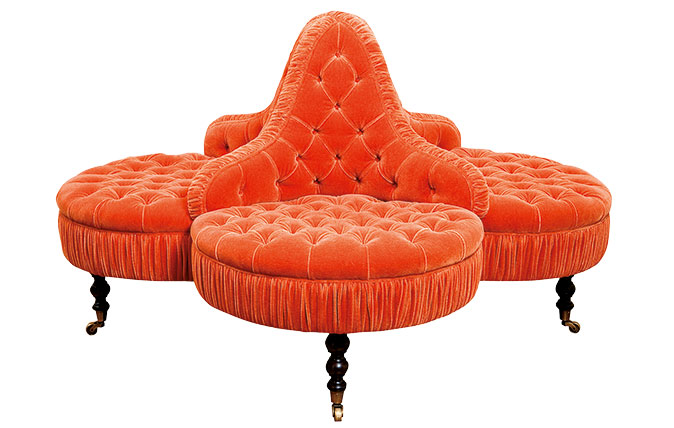
Credit: www.georgesmith.co.uk
Interior design: Why the profession with creative ADHD will return to elegance
Giles Kime makes a bold prediction as he perceives a new wind blowing through the world of interiors.
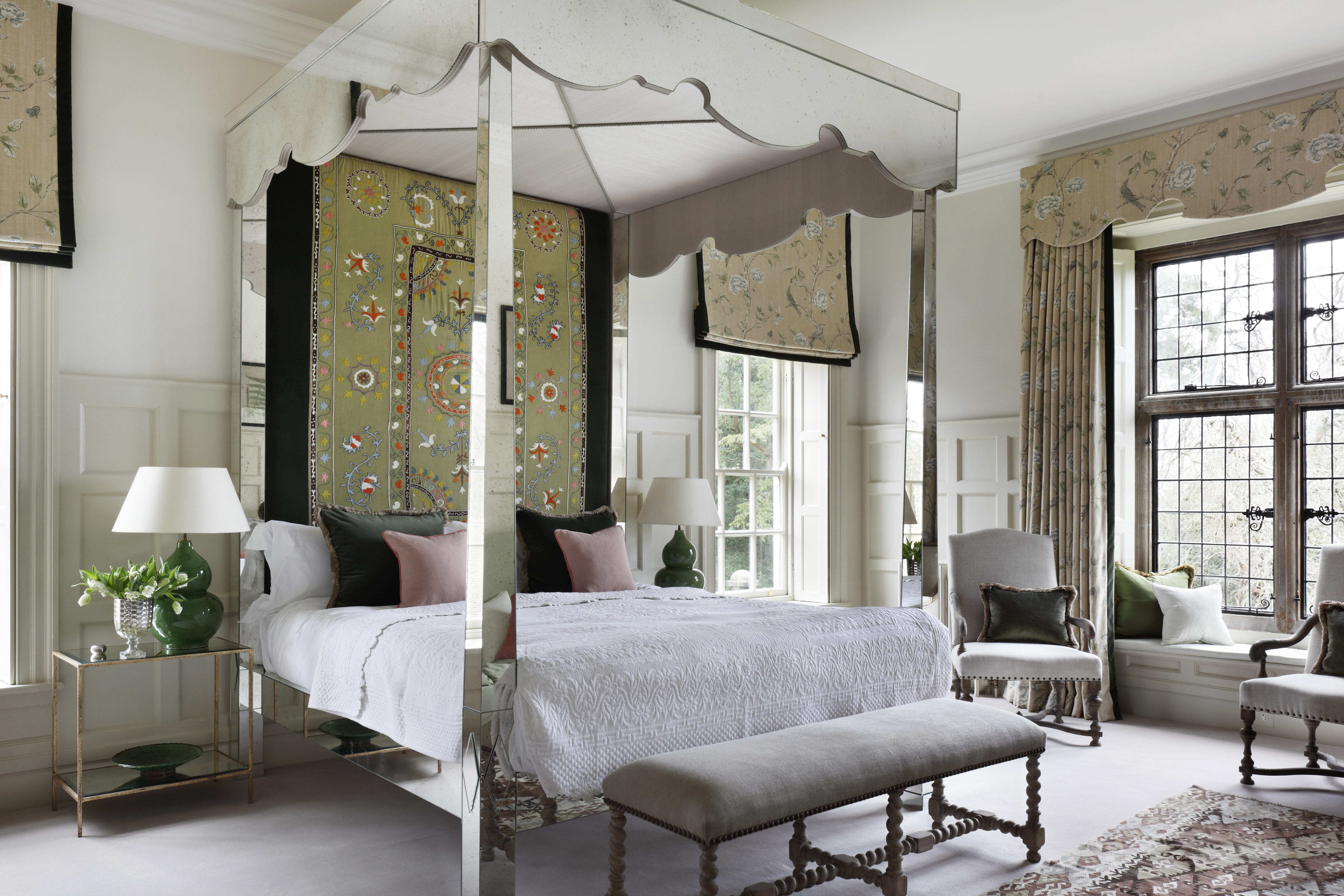
Credit: VSP Interiors
How to blend ancient and modern in historical bedrooms
A bedroom in an historic Oxfordshire house has been brought to life by the designer Henriette von Stockhausen.
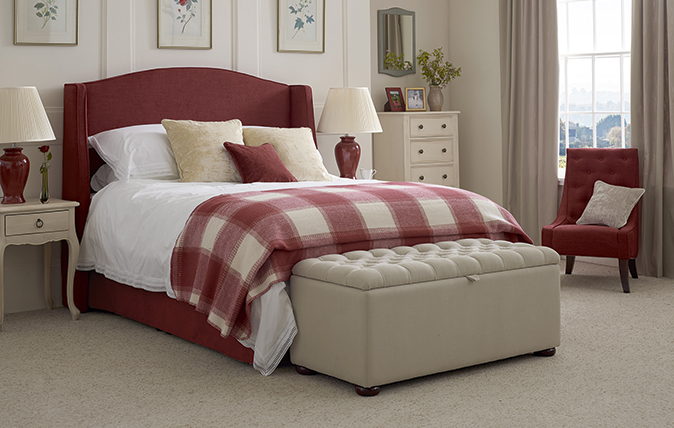
How to create the perfect bedroom: 7 things you have to know, by Henriette von Stockhausen
Interior designer Henriette von Stockhausen shares her thoughts on how to create the perfect bedroom.
